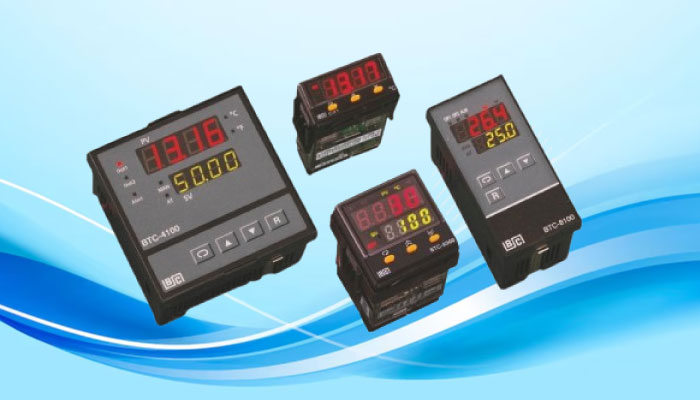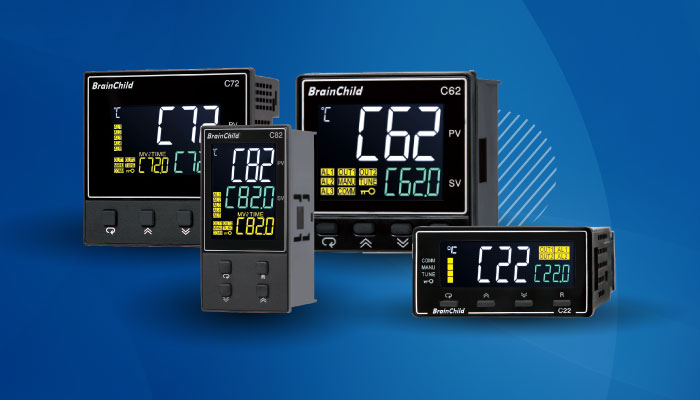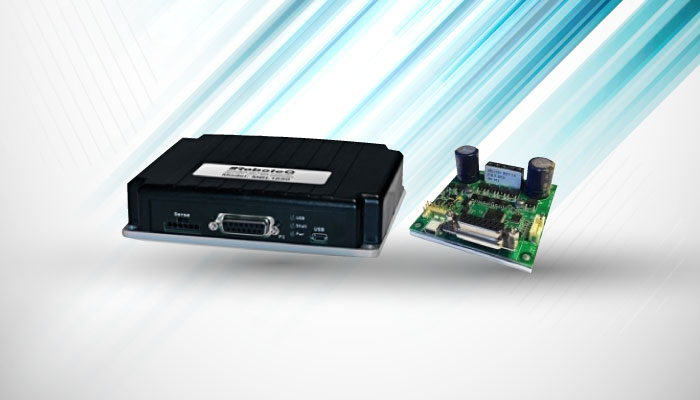Power over Ethernet PoE Powering Efficiency in Industrial Applications
.jpg)
The rise of automation and the Industrial Internet of Things (IIoT) have transformed industrial environments. Networked devices like sensors, IP cameras, and access control systems are becoming increasingly common, generating vast amounts of data and demanding reliable connectivity. However, powering these devices in harsh industrial settings can be a challenge. Here's where Power over Ethernet (PoE) technology comes in, offering a convenient and efficient solution for powering industrial devices over the same network cable that transmits data.
This blog post explores PoE technology in detail, focusing on its benefits and applications in industrial settings:
Understanding Power over Ethernet (PoE):
PoE eliminates the need for separate power supplies for network devices. It integrates power delivery with data transmission over a single Ethernet cable. This simplifies network deployment, reduces cabling costs, and eliminates the need for dedicated power outlets near each device.
How PoE Works:
A PoE system consists of two main components:
- PoE Switch: A network switch equipped with PoE functionality. It provides both data and power over the Ethernet cable.
- Powered Device (PD): A network device designed to receive power and data through the PoE connection. PDs can be classified into different PoE classes based on their power requirements.
The PoE switch detects a PD upon connection and negotiates the required power level according to the PoE standard and the PD's capabilities. The switch then supplies the necessary power over the unused wires (pins) in the Ethernet cable while simultaneously transmitting data.
Benefits of PoE in Industrial Applications:
- Simplified Network Deployment: PoE eliminates the need for separate power outlets and adapters, simplifying network installation and reducing cabling complexity. This is particularly advantageous in areas with limited access to power outlets or where aesthetics are a concern.
- Reduced Costs: PoE saves on hardware and installation costs by eliminating the need for separate power supplies and additional electrical wiring.
- Improved Reliability: PoE systems are inherently more reliable as they eliminate the risk of power supply failures or disconnected power cords. This ensures the uninterrupted operation of critical network devices.
- Flexibility and Scalability: PoE allows for easy device placement and relocation without worrying about power outlet availability. This flexibility simplifies network expansion and modifications.
- Centralized Power Management: PoE switches enable centralized power management of all connected devices. Switches can monitor power consumption and remotely reboot devices if needed.
- Safety: PoE provides low-voltage power over the data cable, minimizing the risk of electrical hazards in industrial environments.
Applications of PoE in Industrial Settings:
- Industrial Automation: PoE powers sensors, actuators, and controllers used in industrial automation processes. This enables real-time data collection, monitoring, and control of production lines and equipment.
- Machine Vision: PoE powers IP cameras used for machine vision applications, such as product inspection, quality control, and robot guidance.
- Building Automation: PoE powers building management systems (BMS) sensors and controllers for monitoring and controlling temperature, lighting, access control, and security systems.
- Wireless Access Points: PoE powers wireless access points strategically placed throughout a facility to provide reliable Wi-Fi coverage for mobile devices and other wirelessly connected devices.
- Network Lighting: PoE powers LED lighting systems with integrated network controls, enabling remote dimming, scheduling, and energy management.
- Environmental Monitoring: PoE powers environmental sensors used to monitor air quality, temperature, humidity, and other critical environmental factors.
Choosing the Right PoE Switch for Your Industrial Application:
Several factors need to be considered when selecting a PoE switch for industrial applications:
- Number of PoE Ports: Choose a switch with enough PoE ports to power all your devices.
- PoE Standard and Power Budget: Ensure the switch supports the PoE standard and provides sufficient power for your devices' requirements.
- Managed vs. Unmanaged Switches: Managed switches offer advanced features like power management, configuration options, and network monitoring, which can be beneficial for complex industrial networks.
- Environmental Considerations: Select a switch with a ruggedized housing and appropriate ingress protection (IP) rating to withstand harsh industrial environments like extreme temperatures, dust, and vibrations.
PoE technology offers a powerful and convenient solution for powering industrial devices over Ethernet cables. It simplifies network deployment, reduces costs, enhances reliability, and provides flexibility for industrial applications. As the IIoT continues to evolve, PoE is poised to play a vital role in powering the next generation of connected industrial devices.
Unleash the power of efficiency in your industrial operations!
Combine the advantages of Power over Ethernet (PoE) technology with Theta Controls' state-of-the-art instruments. From Digital Temperature Indicator Controller, and Hybrid Data Logger to Paperless Recorders, Theta Controls offers a variety of solutions for seamless network integration, simplified installation, and centralized control.


